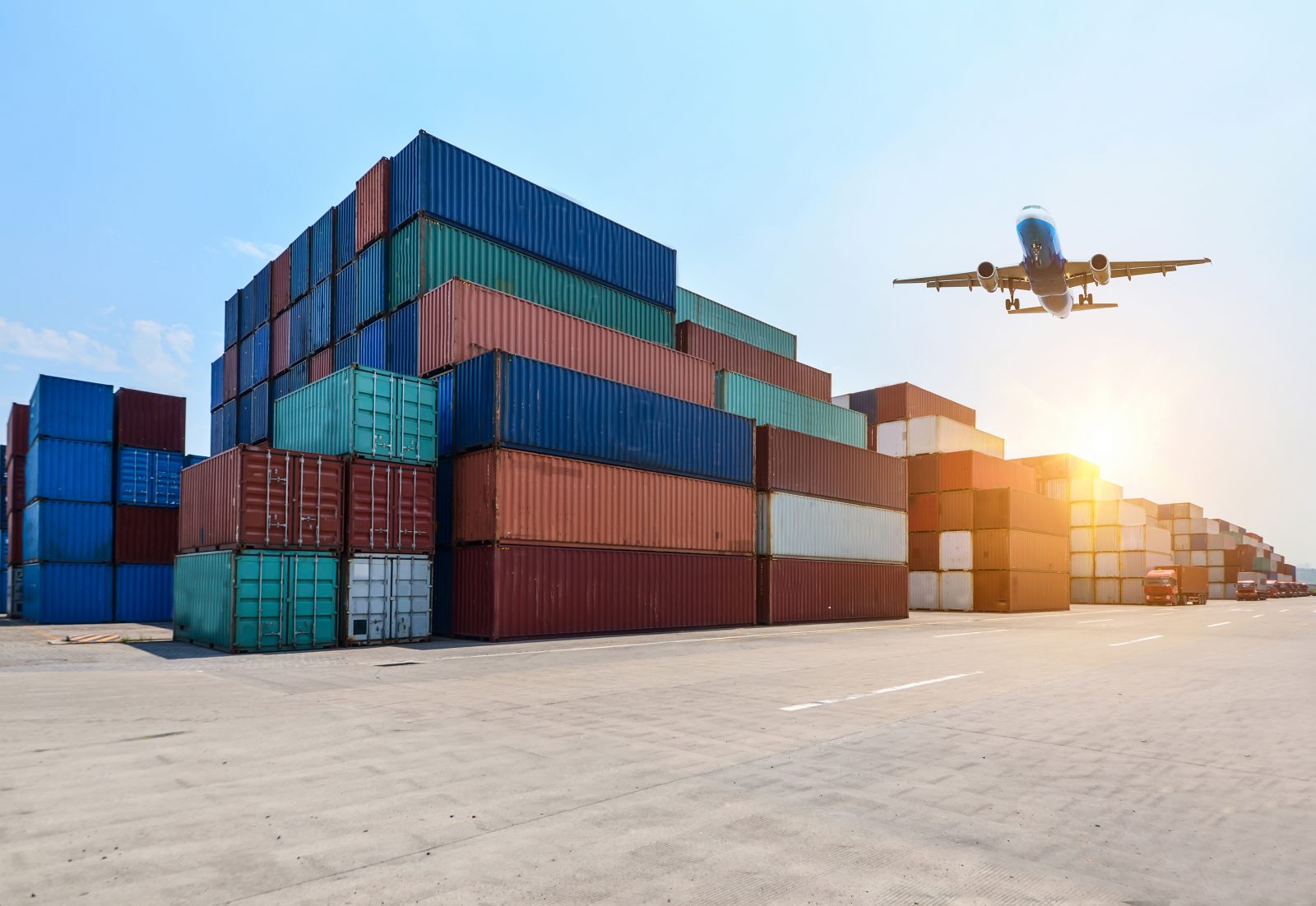It’s no secret that gaining access to international markets requires international transportation.
However, this necessitates familiarity with the norms and regulations governing the export of commodities. Shipping paperwork is one of the most important requirements for shipping through legal methods.

Here is a list of all the fundamental documents you need to facilitate the movement of your shipment.
1. Commercial invoice
A commercial invoice includes details of the sales transactions between the vendor and the buyer, including all the shipping terms. It serves as an exclusive invoice with complete details of the export transaction from start to finish.
2. Pro Forma invoice
This is the initial bill that is provided to buyers before the products are shipped or delivered. Some customs officials compare the price, contents, and quantity of this document to the actual commercial invoice in certain cases.
3. Bill of Landing (BOL)
This is a formal contract between the freight carrier and the owner of the goods or the shipper. This document is used to confirm the receipt of items for shipment. It can only be signed by a carrier’s authorized representative. The BOL will comprise a full list, including the delivery destination, product details, and how the goods should be handled. A BOL is the most essential shipping document when transporting goods internationally through proper legal routes.

4. Packing list
A packing list is a shipment document that includes a full itemized list of the cargo’s weight, dimensions, safety precautions, and packaging type. It may be used by the courier business to construct the bill of lading, and banks may demand it to be included in the paperwork submitted for payments under a letter of credit.
5. Certificate of Origin
The country of origin for the items being shipped is declared on this document. For that many treaties governing international trade specify that the items must be eligible for export. The exporter is responsible for supplying the certificate of origin in accordance with the destination country’s laws and regulations. Because the rate of duty is established by the country of origin, shippers must submit this document to ensure compliance with all free trade agreements.
6. Certificate of Analysis
Many times, the customer wants to know that the things he or she is purchasing are up to par. To please the customers, the supplier then delivers this certificate either directly or through an inspection agency.
7. Export license
This is a government-issued official document. This document authorizes the shipment of specific commodities in specific amounts. Some countries only require this document under specified circumstances, while others may make it mandatory. Because an Export License may be needed to export certain items, it’s critical to double-check whether one is needed for a particular cargo.
8. Insurance certificate
An insurance certificate shows that the exporter has obtained a shipment insurance policy for the transportation of goods and is issued by an insurance provider. It protects you from liability as well as loss of the products you’ve shipped. Exporters bear certain risks, thus obtaining insurance coverage is essential to avoid financial losses.

With the growing use of technology, the world may be moving towards a paperless environment. Surprisingly, the documentation required to authenticate cross-border commodities transfers is still done on paper.
If you are looking for a detailed guide on how to prepare your shipment, check out DHL’s comprehensive shipment preparation guide.
ADVERTISEMENTS









